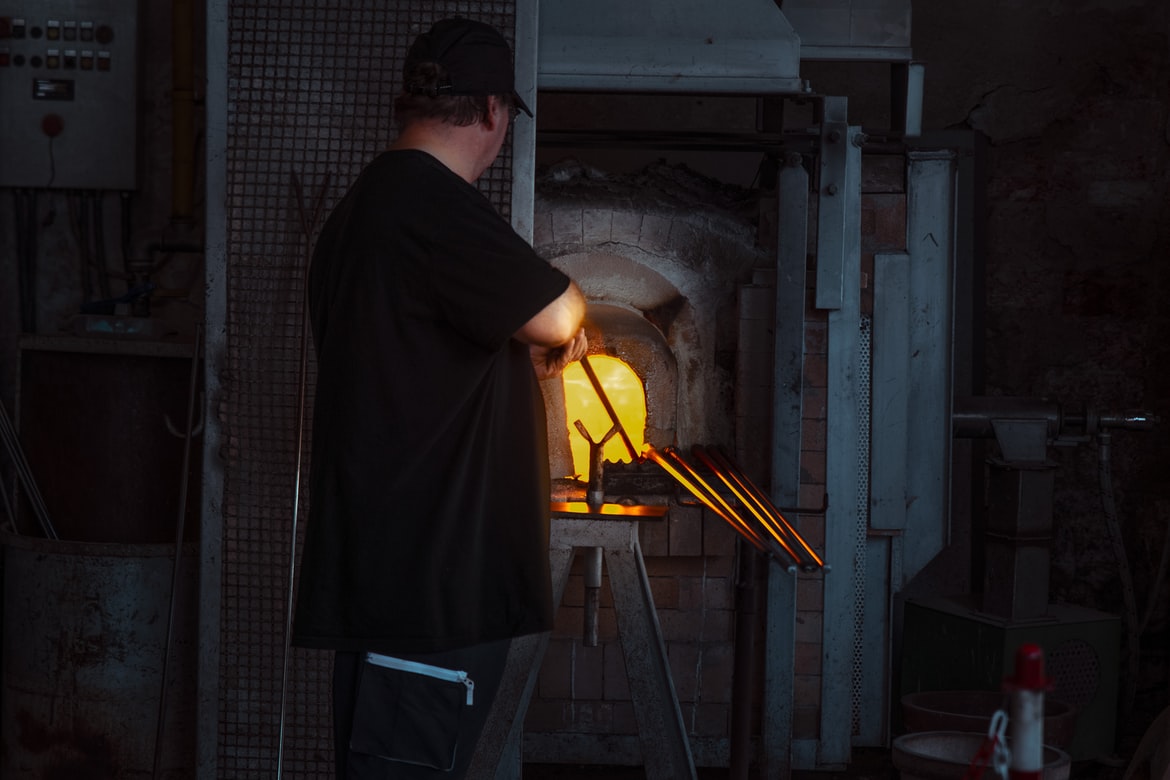
A furnace is an essential utility in every home since it provides comfortable temperatures during colder seasons. For this reason, it’s necessary to treat them properly so they can function when needed. Otherwise, your household can suffer more than just colder winters with a broken furnace. At worst, your home could be keeping a hazardous furnace leaking harmful and lethal gasses.
Understanding Role of Gas in Your Furnace
Furnaces can last up to 25 years or more with proper maintenance, so it’s not uncommon for homeowners to move into a house with one in good shape. In fact, many families rarely experience issues with their furnaces except for performance issues. However, furnaces use a deadly gas that can create a closed, hazardous environment in your home.
Burning gas within furnaces contains carbon monoxide. This is typically transported away from your home through furnace exhausts. However, wear and tear to your furnace can compromise its pipes, vents, and valves. This can lead the dangerous gas to leak into your home, impacting your home’s safety.
Facing the Dangers of Carbon Monoxide Poisoning
Furnaces expel carbon monoxide as a byproduct of their heating process. Depending on the length of exposure, carbon monoxide can cause permanent brain damage or compromise the heart. The dangerous part is that it only takes two hours of inhaling this gas to experience carbon-monoxide poisoning.
Signs of carbon monoxide leaks can manifest as a presence of stale or stuffy air. You may also smell a hint of overheating or burning in the air. Upon closer inspection, your furnace may also have soot or yellow stains, which is a sign of gas leaks.
The danger of carbon monoxide poisoning is no simple matter, and its symptoms can manifest gradually. Once you show signs of dizziness, confusion, flu-like symptoms, difficulty breathing, or ringing in the ears, you may already be inhaling too much carbon monoxide. While these symptoms may seem mild, they can worsen over time.
Recovery from carbon monoxide poisoning is slow and not impossible. However, the risk of permanent brain damage and the much higher risk of death makes it a dangerous medical condition. For this reason, it’s best to avoid experiencing it through prevention.
Preventing the Right Way to Avoid Carbon Monoxide
A furnace works by sending natural gas to the burners, igniting into a controlled blue flame. This functions as the heat exchange to regulate your home’s indoor temperatures. The fumes from these flames are appropriately redirected away from your home through the furnace’s exhausts.
Replacing your furnace filter is one way to prevent leaks to your furnace. By changing the filter, you mitigate the risk of accumulating dust that could result in blockages. You may also install carbon monoxide detectors to measure carbon monoxide levels near fuel-burning appliances. Since carbon monoxide is an odorless gas, this device will help you identify potential leaks before you suffer from exposure to harmful gasses.
Conclusion
Although furnaces are essential appliance systems in your home, you shouldn’t take their durability for granted. Even if these devices take a long time to degrade, it’s best to receive inspections from your local technicians. Doing so will ensure your furnace’s quality performance and secure its safety against carbon monoxide leaks.
Since 1989, our team at Mainline Heating and Air has provided dependable heating and AC services to our Birmingham, Alabaster, Pelham and Jefferson/Shelby county area customers. If you want to experience effective furnace repair in Alabaster, AL, contact us today!

